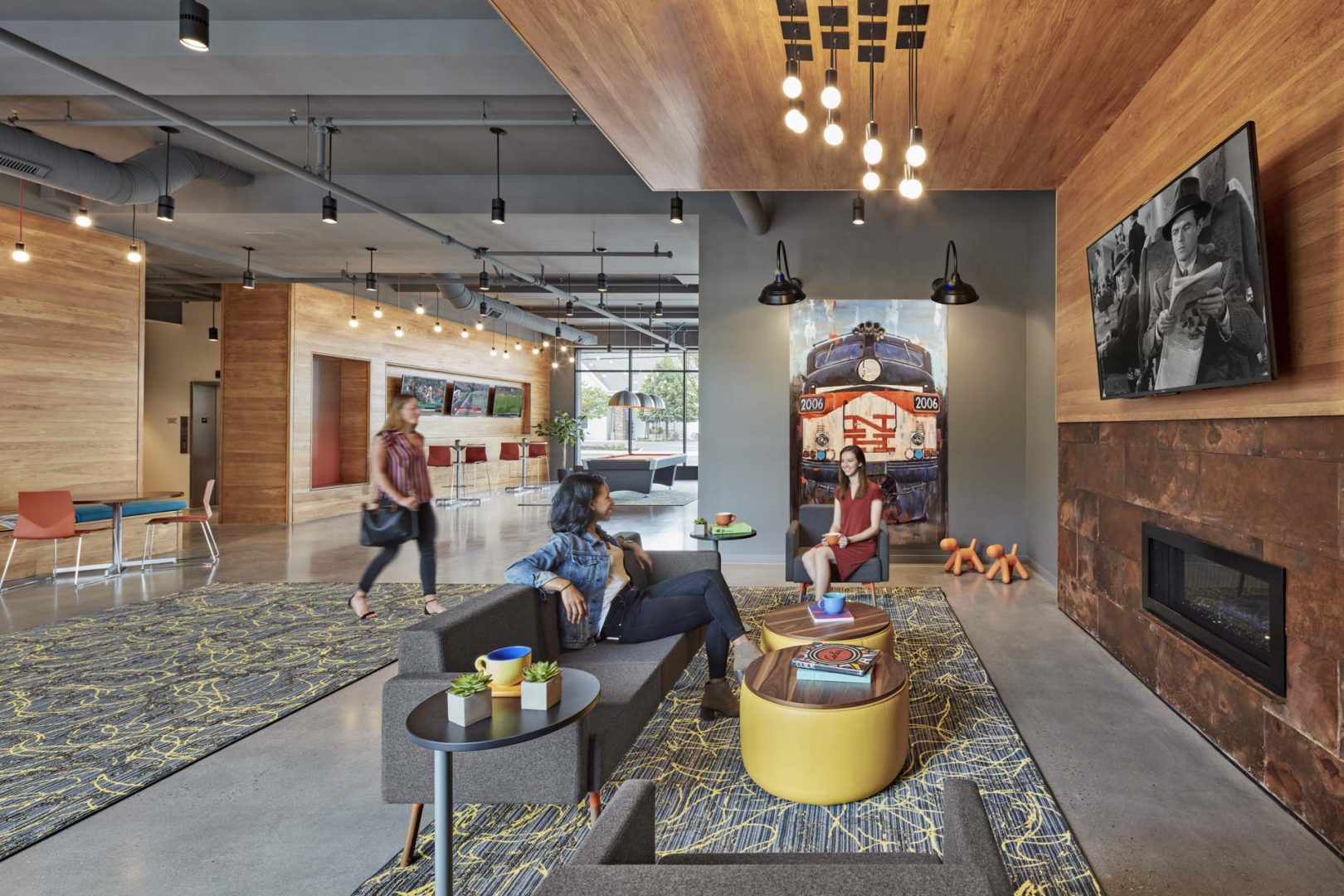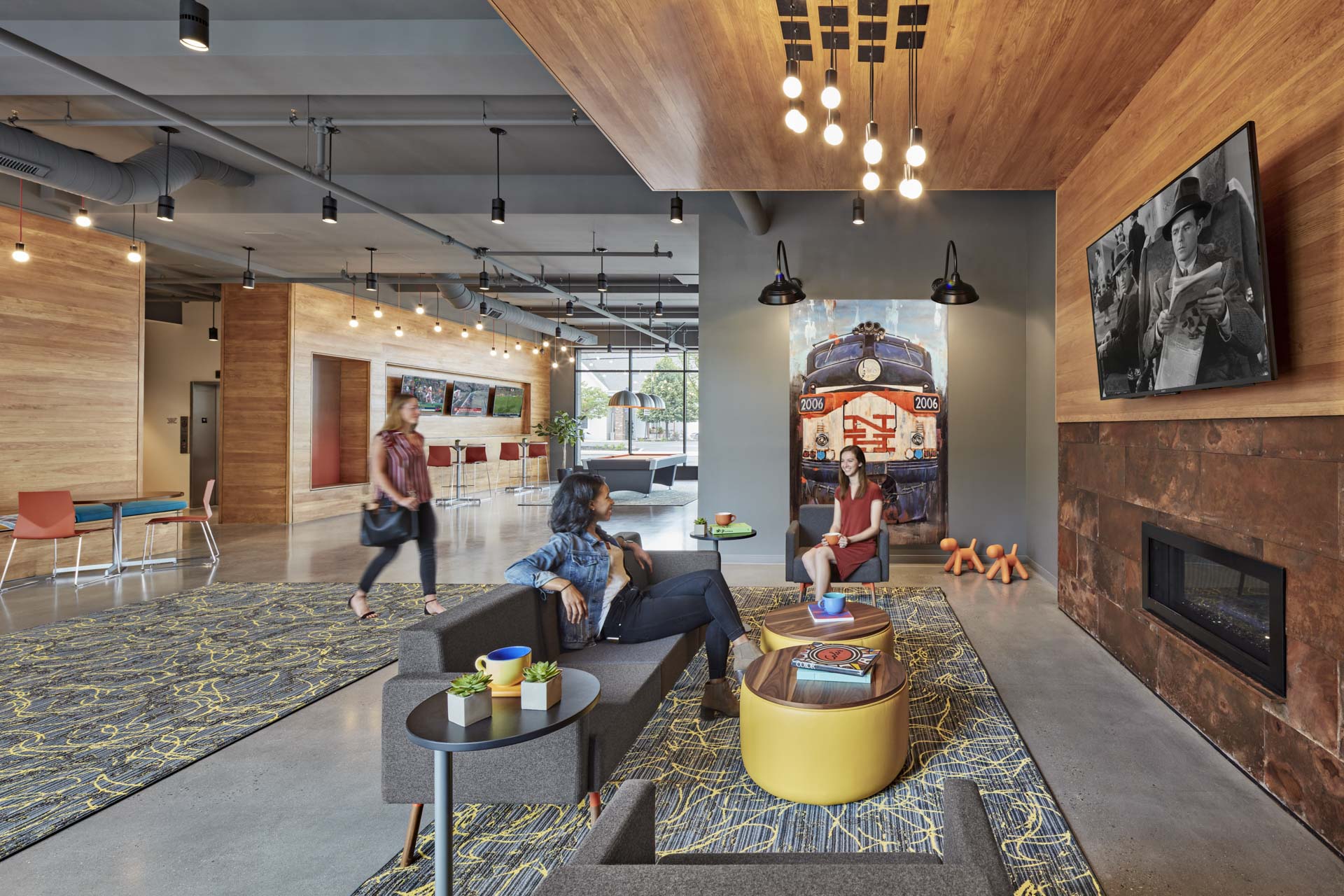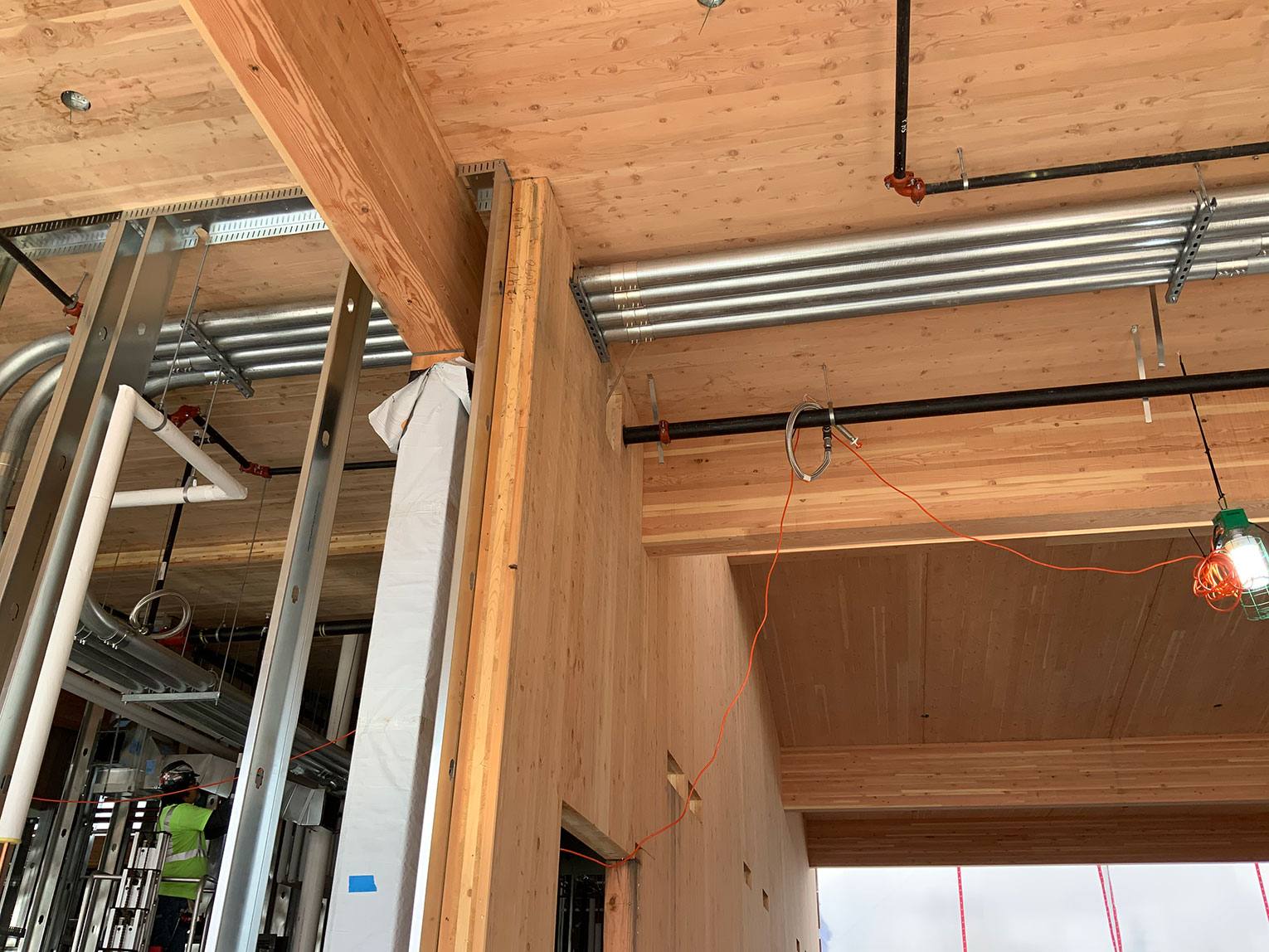The generation that influenced cultural change in the 60’s and 70’s with marches for civil rights, women’s rights, and against war, is on the cusp of another social movement. They want to age differently.
The World Health Organization (WHO) predicts that by 2050, 22 percent of the world’s population will be over the age of 65 and that 68 percent of the world’s population will live in cities. Not only is this generation of seniors living longer, they often are more physically active and socially engaged.
Significant questions facing cities, policy makers, designers, developers and senior care providers are: Can urban settings support an aging cohort, and/or can urban concepts be built into suburban facilities?
People are paying attention. Alternatives are emerging that can keep people independent longer. For example, the United Nations has declared the “Decade of Healthy Aging (2021–2030),” seeking collective action in four areas: changing how we think, feel and act towards age and ageism; developing communities in ways that foster the abilities of older people; delivering person-centered integrated care and primary health services responsive to older people; and providing older people who need it with access to quality long-term care.”

Bushnell South, just south of 165 Capitol Avenue and part of the iQuilt urban plan of downtown Hartford, will place a high-end, mixed-use community across from The Bushnell performing arts theater.
Intergenerational Living
Cities promote intergenerational interaction, combating the loneliness and isolation that too often accompany aging, leaving seniors vulnerable to increased chances of developing dementia and depression. Communities benefit. In Spain, examples mix seniors with college students. Students live rent-free in exchange for helping seniors with chores and “just hanging out.” That “support” soon becomes a two-way street, with seniors sharing life wisdom. In other cities, shared sites provide child care and adult care.
Closer to home, Amenta Emma is working with Andrus on Hudson, a senior living community, that is just a 35-minute car or train ride to New York City and includes a Montessori school on its ground floor, where intergenerational interaction is encouraged.
Mixed-use communities, not “senior specific,” provide opportunities to mix generations, as these Amenta Emma projects prove:
- Bushnell South, just south of 165 Capitol Ave and part of the iQuilt urban plan of downtown Hartford, will place a high-end, mixed-use community of two mid-rise apartments buildings and 12 owner-occupied townhomes across from The Bushnell performing arts theater and near museums, landmarks, parks and plazas adjacent to the waterfront. It will appeal to a variety of age groups.
- Two new affordable housing projects in West Hartford, 540 and 616 New Park, are located on the CTfastrak line, in redeveloped areas vibrant with new retail and supportive services. The communities cater to seniors, families, and young professionals. Smart design, providing accessibility, light-filled spaces, and wayfinding cues, such as individual color palettes for different floors, set the scene for long-term living.


540 and 616 New Park are located on the CTfastrak line and cater to seniors, families, and young professionals.
City-Friendly Assisted Living
Urban opportunities also are emerging for more traditional assisted-living models that include nursing care and memory care. An example in midtown Manhattan places residents above ground-floor retail in the city’s heart. A Bronx residence provides housing for at-risk seniors in a largely Hispanic community, located in the midst of an active commercial area, close to schools and parks. The location encourages walking, and the interior design provides a private garden for socializing and biophilic and active design to promote well-being.
Advantages for developers of these communities include the opportunity to require less dining/kitchen space, less time providing social and transportation opportunities, and more time to do what they do best: care.
The Future
There is lots of work to be done, including changing the perception of city living as a viable choice for seniors. Policymakers need to be creative about finding new funding mechanisms attractive to developers. Developers need to investigate urban opportunities as well as more rural sites. Designers should plan all developments smartly to accommodate long-term living.
“Aging in Place” means more than allowing senior individuals to remain in their homes, which may not have supportive environments. It now includes “placemaking” to allow people to embed comfortably in communities near activities and people they cherish, rather than segregating and isolating them. Most importantly, it allows more choices, providing options for seniors to live in any setting that is comfortable and fits their needs.







